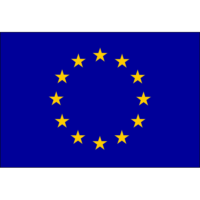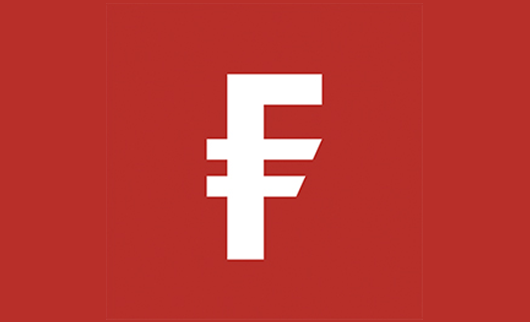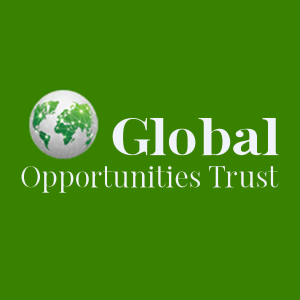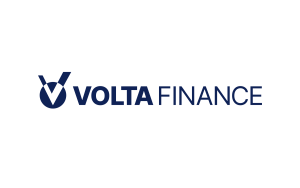A fresh pause in Europe’s monetary easing has collided with emerging trade breakthroughs, setting global markets on a precarious trajectory and tempting investors to lean into a blend of opportunity and caution.
Equity markets have responded with a surge of confidence as tentative signals of a 15% tariff agreement between the European Union and the United States join a recently inked deal with Japan to reshape global commerce. The MSCI World Index has climbed to fresh peaks on the back of these tentative pacts, joining Japan’s Nikkei 225 in skirting its own record heights and fuelling a broad rally that has now extended into its seventh session. European bourses have mirrored this momentum, with Germany’s DAX rallying around 1% before settling into a steadier gait, buoyed in part by stronger-than-anticipated bank earnings. Deutsche Bank’s first-half results electrified the sector when the lender’s shares leapt more than 6 percent, propelling banking stocks to levels unseen since the depths of the 2008 financial crisis even as blue chips such as Nestlé retraced after reporting mixed results and putting assets up for sale.
While equity investors digest these corporate developments, central bankers have injected nuance into the narrative. The European Central Bank elected to halt its year-long sequence of seven rate reductions, a move that leaves policy rates at half of where they stood a year ago. With inflation now settled close to the ECB’s 2% target, the decision to stand pat has introduced a fresh layer of uncertainty around timing, allowing markets to weigh the prospects of further easing should transatlantic trade tensions flare again. Across the Atlantic, the Federal Reserve faces an unusual intervention from the political sphere as the U.S. President plans to visit the Fed’s Washington headquarters just days ahead of the next policy meeting. Traders, interpreting this gesture as potential pressure to coax more rate cuts, have nudged the 10-year Treasury yield upward to 4.43%, a reflection of shifting expectations for future U.S. monetary settings even as equities stall in early futures trading.
Foreign exchange markets have also adjusted to the evolving backdrop. The euro has dipped modestly to around $1.17, retreating from a near three-year high achieved earlier in the month, as investors recalibrate the region’s growth outlook absent further accommodation. Meanwhile, risk-sensitive currencies have fared differently: the Australian dollar has risen to an eight-month peak above $0.66 on hopes that trade truce headlines will shore up commodity demand, while the dollar’s exchange rate against the yen has slipped toward 147, extending the yen’s modest rebound that analysts anticipate may gather pace if Japanese interest rates begin to tick higher. Olivier Korber of Société Générale suggests that an uptick in Japanese borrowing costs, should it materialise, could reinforce the yen’s advance, underlining how shifts in policy stances across major central banks can trigger fresh positioning in currency markets.
In the realm of emerging economies, the spotlight has fallen on Turkey’s lira, which wobbled following an unexpected 300-basis-point rate cut by Ankara’s central bank as it resumed its easing cycle. Such aggressive domestic policy manoeuvres stand in stark contrast to the more cautious stance adopted elsewhere and underscore the challenge for investors seeking to navigate divergent monetary regimes. Commodity prices have also reflected the complex interplay between trade prospects and supply-side dynamics: oil has tacked higher, crossing $65 a barrel amid speculation that improving global demand will outpace inventory gluts, while gold has relinquished some ground as appetite for riskier assets pulls investors away from traditional havens. As earnings season unfolds with nearly a quarter of S&P 500 constituents having reported, the market tone remains cautiously upbeat: 85 percent of those companies have beaten expectations, even as corporate CEOs warn of headwinds from shrinking subsidies and elevated costs.
Fidelity European Trust PLC (LON:FEV) aims to be the cornerstone long-term investment of choice for those seeking European exposure across market cycles.










































